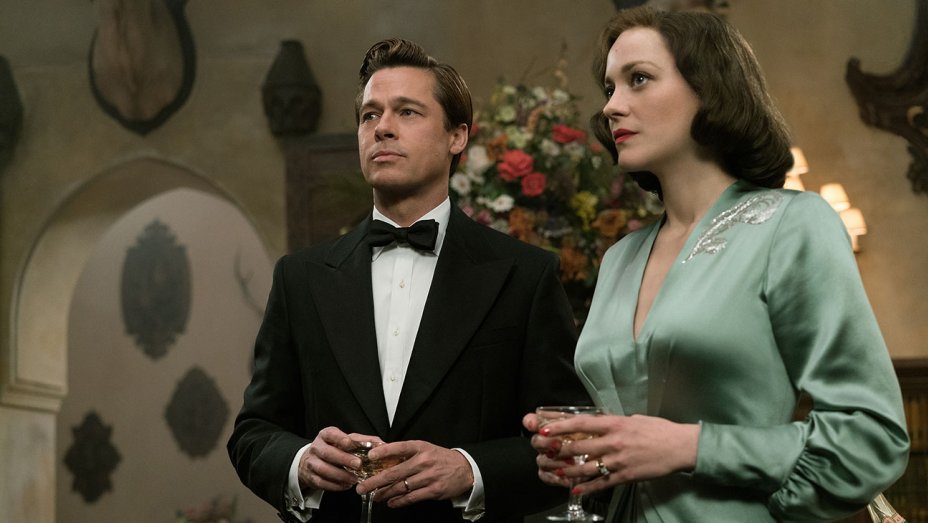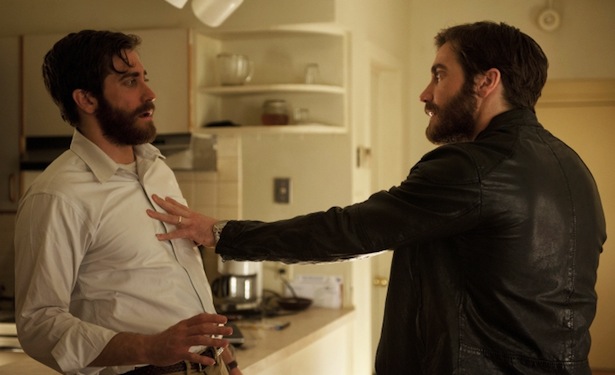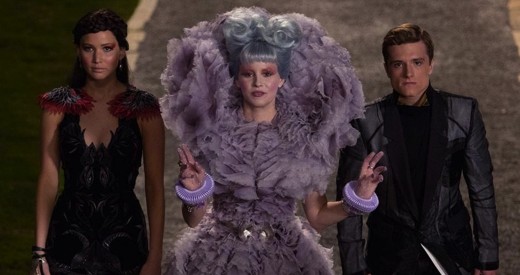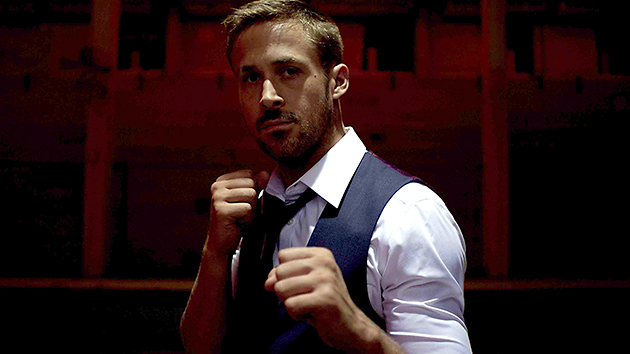There is no more reliable A-lister than Tom Hanks. He mixes Oscar-worthy performances (Bridge of Spies, Captain Phillips) with watchable, middle-of-the-road cable fodder (Saving Mr. Banks, A Hologram for the King) with ease. He’s recognizable, even with his weird hair choices (Da Vinci Code series I’m looking directly at those wispy locks) yet somehow believable as he bobs and weaves between roles. So of course he’s the perfect choice to play iconic airline pilot Chesley Sullenberger, a relatable everyman who happened to land an Airbus A320 in the Hudson River.
Ultimately the story of Sully is an odd choice to adapt for the screen. All we really know is what happened in the air, 208 of the most harrowing seconds ever recorded. That sequence deserves to be on the big screen and Director/Chair Interviewer Clint Eastwood delivers. It’s a bravura recounting of Sully’s decision to attempt a water landing in the most populated city on the eastern seaboard.
 What Eastwood builds around the “forced water landing” – for better or worse – is the least interesting and perplexing part. The film opens with a disturbing nightmare in which Sully decides to try to return to La Guardia airport only to fly US Airways flight 1549 directly into a Manhattan skyscraper. The sequence obviously invokes 9/11 but Eastwood resists the urge to indulge. Instead we’re introduced to post-landing Sully – a man who is deep in the throes of an NTSB investigation while doing a full scale media onslaught (some clever editing puts Hanks and crew on the set of David Letterman.)
What Eastwood builds around the “forced water landing” – for better or worse – is the least interesting and perplexing part. The film opens with a disturbing nightmare in which Sully decides to try to return to La Guardia airport only to fly US Airways flight 1549 directly into a Manhattan skyscraper. The sequence obviously invokes 9/11 but Eastwood resists the urge to indulge. Instead we’re introduced to post-landing Sully – a man who is deep in the throes of an NTSB investigation while doing a full scale media onslaught (some clever editing puts Hanks and crew on the set of David Letterman.)
The NTSB plays the role of villain – seemingly trying to find any reason to pin this near-disaster on Sully for gross negligence – ignoring the fact he saved everyone on board. I’m sure the NTSB did its due diligence in the investigation but their witch hunt here feels a tad overwrought.
Meanwhile, each evening Sully is tormented by his recurring nightmare. He often finds solace on the phone with his wife Lorraine (Laura Linney) and on late night runs with his co-pilot Jeff Skiles (Aaron Eckhart.) All while protecting his integrity and standing by his decision.
Eastwood – who can often wear his politics directly on his sleeve – opts for a tremendously understated approach. So understated in fact it’s almost difficult to call it a film. There isn’t really an arc – just a story of a simple American man who made a heroic decision in the face of death.
Because of that decision the weight falls mostly on Hanks and Eckhart, and they come through in spades. Eckhart hasn’t had a role like this in ages and his charisma is welcome. He’s an All American boy in Skiles and the man wears the mustache well.
But this is Hank’s movie, as he appears in nearly every frame. He carries it with confidence in the face of such weird, mostly inert material. At a swift 96-minutes, Eastwood knows he doesn’t have a lot to work with so he relies almost completely on our recognition that Hanks can handle it, and he does.
Chesley Sullenberger is unquestionably an American hero. After seeing the sequence that altered the course of his life forever it’s impossible to question that. It’s a story that deserves to be told and after seeing it I’m not quite sure how else to tell it. Given it’s many deficiencies I still found myself admiring it. Sully was a simple man who is now immortalized in a simple movie, which I’m sure after viewing he greeted with a wry smirk and a glass of warm milk.





